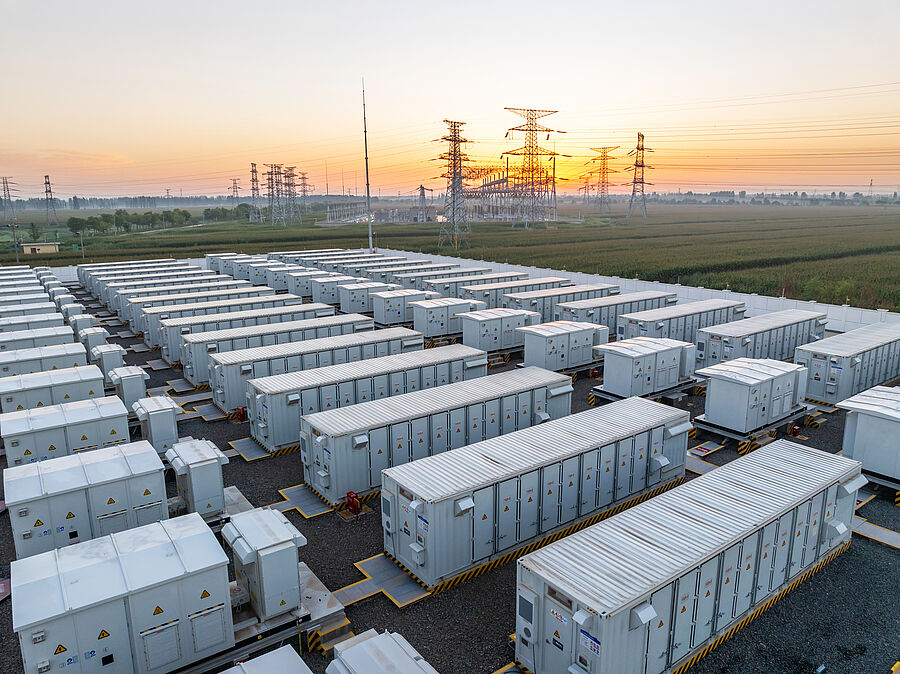Innovative market designs and flexibility strategies for the energy supply
The rapid changes in the energy market and the need to reduce CO₂ emissions require new approaches to energy supply and distribution. To meet these challenges, innovative regulatory frameworks and market designs that promote flexibility and efficiency are required. The development of such frameworks and models is crucial to ensure a sustainable and reliable energy supply. In this context, the integration of flexibility mechanisms and the involvement of energy communities also play a central role.
Our focus on the development of innovative market designs, business models for flexibility operations and the market and grid integration of energy communities is described in more detail below. These fields of research should help to support the transition to a more sustainable energy system and at the same time improve resilience and economic efficiency.
Regulatory framework and new market design
- Development of innovative market designs that include capacity mechanisms, redispatch mechanisms, local flexibility markets and innovative grid tariffs. This also includes the creation of a flexibility market (flexibility hub) and the analysis of roles and regulatory frameworks. The aim is to develop mechanisms that enable the efficient use of grid resources and at the same time encourage market participants to react flexibly to the requirements of the energy market.
Business models for flexibility operation in markets and grids
- Modelling and optimization of the use of flexibility to support market participants in adapting their energy production and use. A profitability analysis, taking into account uncertainties and price forecasts, is carried out to determine the economic feasibility and potential benefits for participants. This helps to develop new business models that promote the use of flexibility solutions.
- A key research topic is assessing the profitability of large-scale storage systems, especially battery storage. We investigate how much money could have been earned with storage systems of different sizes and technologies in real market environments - for example in the spot market, balancing energy market or through arbitrage transactions. Our analyses are based on historical market data, techno-economic models and simulation-based scenarios.
The aim is to provide scientifically sound answers to key questions:
- Which business models are economically viable for large-scale storage facilities?
- How flexibly can storage components react to different market signals?
- Which framework conditions promote profitable use?
Market and grid integration of energy communities
- Analysis of the grid and market integration of energy communities in order to increase their contribution to an efficient energy system. Business models for energy communities are being developed that cover various areas such as heat, electricity, gas and mobility. The aim is to find ways in which energy communities can use their energy more efficiently and increase their independence from the central grid. An important part is also the integration of flexible components such as community storage.
By implementing these approaches, AIT is making a significant contribution to creating a future-proof, flexible and sustainable energy system.



